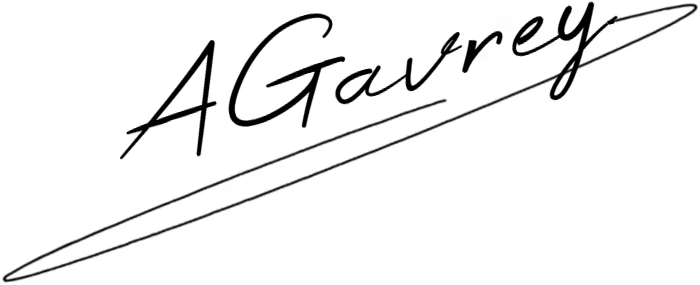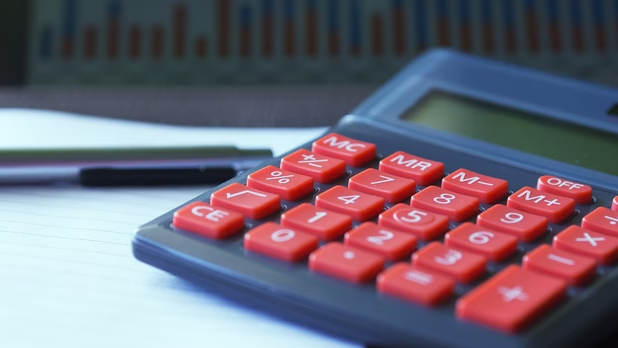Understanding Income Tax in South Dakota (SD)
South Dakota is among a unique group of states in the United States that does not impose an individual income tax. This has made it a popular state for individuals and businesses alike, as they are not burdened with state income tax filings. South Dakota’s approach to taxation and fiscal management primarily relies on other forms of revenue, which contribute to the state’s budget without placing the onus on residents' earned income. However, residents of South Dakota should still be aware of their federal tax obligations and how the state's policies can affect their overall financial planning.
Why South Dakota Does Not Impose a State Income Tax
South Dakota’s decision not to levy a state income tax has historical roots and is sustained by other sources of revenue. Instead of relying on an individual income tax, the state depends heavily on sales tax and other forms of taxation to support its programs and services. This approach reduces the financial pressure on both residents and businesses, encouraging economic growth and making South Dakota a tax-friendly state for retirees and entrepreneurs alike.
Over the years, South Dakota has developed a fiscal policy that emphasizes responsible spending and diversified revenue streams. The state government has prioritized minimizing expenses and maximizing the efficiency of public services. With low spending and a strong reliance on alternative revenue sources, the state has managed to maintain a stable budget without imposing personal income taxes.
While the absence of a state income tax is beneficial for residents, it also means that South Dakota must carefully balance its budget through other taxes and fees. Understanding the breakdown of these alternative taxes is crucial for residents and those considering moving to South Dakota.
Overview of Other Tax Revenue Streams in South Dakota
South Dakota compensates for the lack of an income tax with other sources of revenue, primarily through a sales tax and other excise taxes. These taxes contribute significantly to the state’s budget, allowing South Dakota to fund essential services such as education, transportation, and healthcare. The state's financial strategy relies on a balanced approach, wherein each revenue stream plays a distinct role in sustaining government operations.
| Revenue Source | Percentage of Total Revenue | Description |
|---|---|---|
| Sales Tax | 45% | Primary source of revenue for the state, applied to most goods and services. |
| Property Tax | 35% | Collected on real estate, a major contributor to local government budgets. |
| Excise Taxes | 15% | Includes taxes on fuel, cigarettes, and alcohol. |
| Federal Funding | 5% | Supplementary funds provided by the federal government for specific programs. |
Sales Tax in South Dakota
South Dakota imposes a statewide sales tax on the sale of goods and certain services, which is one of the highest contributors to the state’s revenue. The general sales tax rate is 4.5%, with additional local option taxes possible depending on the city or county. While this tax affects all residents and visitors, it’s generally seen as a more equitable way to gather revenue compared to income tax, as it’s based on consumption rather than earnings.
Businesses in South Dakota also benefit from this system, as the lack of income tax reduces their operational costs. Instead of paying taxes on their earnings, they contribute through sales tax on goods sold. This setup encourages economic activity and stimulates spending within the state, contributing to the local economy’s growth.
In addition to the general sales tax, South Dakota also imposes excise taxes on specific items such as gasoline, alcohol, and cigarettes. These excise taxes are designed to generate additional revenue while addressing public health and environmental concerns associated with these products.
Property Tax System in South Dakota
Although South Dakota does not collect income tax, it does impose a property tax on real estate owned within the state. This tax is an essential part of funding for local governments and public services, especially education. Property taxes are assessed at the county level and vary depending on the property’s location, size, and market value.
Property taxes can be a significant expense for homeowners in South Dakota, even in the absence of income tax. To offset this, South Dakota provides several property tax relief programs aimed at seniors, veterans, and other eligible groups. These programs help reduce the tax burden on residents who may otherwise face financial difficulties due to high property tax rates.
In many cases, property taxes in South Dakota are lower than the national average, but they remain a vital source of funding for essential services, especially at the local level. Property owners should be mindful of these obligations when budgeting their finances.
Advantages of South Dakota’s Tax Structure
The absence of a state income tax in South Dakota offers numerous advantages for residents, particularly in terms of financial flexibility. By not taxing earned income, the state effectively allows individuals to retain more of their earnings, which can be reinvested into the local economy or saved for future expenses. This setup is especially beneficial for retirees, business owners, and high-income earners who want to maximize their disposable income.
South Dakota’s tax structure also makes it attractive for business relocation and expansion. Companies that operate within the state benefit from lower operational costs and tax obligations, which can lead to higher profitability. Additionally, the simplified tax system reduces administrative burdens on businesses, allowing them to focus more on growth and development rather than complex tax compliance.
- Increased Disposable Income: Residents keep more of their earnings, enhancing their purchasing power and overall quality of life.
- Retirement-Friendly Environment: South Dakota’s tax policies are ideal for retirees looking to preserve their wealth without income tax obligations.
- Business-Friendly State: The absence of an income tax attracts companies seeking to reduce tax liabilities and simplify financial planning.
South Dakota’s tax-friendly policies contribute to a stable economy, allowing individuals and companies to thrive. This structure also encourages people to settle in South Dakota, where they can enjoy a favorable tax climate without sacrificing essential public services.
Potential Downsides of a No-Income Tax Policy
While South Dakota’s lack of an income tax is widely regarded as beneficial, it is not without potential drawbacks. For instance, the state’s reliance on sales and property taxes means that residents could face higher rates in these areas, which may disproportionately affect low-income households. Since sales taxes apply to a wide range of goods and services, they can represent a higher portion of expenses for individuals with limited income.
Additionally, the state’s focus on sales tax revenue could limit funding for certain public services. Without income tax revenue, the government may face challenges in funding programs that benefit all residents, particularly during economic downturns. The need to balance the budget might lead to increased fees or taxes in other areas, affecting both residents and businesses.
Despite these challenges, South Dakota’s overall tax strategy has proven effective. However, residents and businesses need to be aware of the potential implications of this tax structure and plan accordingly.
Conclusion: Is South Dakota’s No-Income Tax Policy Sustainable?
South Dakota’s unique approach to taxation, relying on sales and property taxes instead of income tax, has proven successful in maintaining a stable budget and attracting residents and businesses. While there are some potential drawbacks, such as the impact on low-income households, the state’s fiscal policy has generally allowed it to sustain essential services without the need for personal income tax. This system makes South Dakota an attractive destination for people seeking to retain more of their earnings and avoid complex tax filings.
With the state’s continued economic growth and responsible budget management, South Dakota’s no-income tax policy appears sustainable for the foreseeable future. By understanding the nuances of the state’s tax structure, residents and newcomers can make informed financial decisions that align with their goals.
South Dakota’s fiscal policies reflect a commitment to fostering an environment where people and businesses can flourish without the burden of state income tax. For those seeking a tax-friendly state with numerous advantages, South Dakota remains a top choice in the U.S.
Evaluation of IQTaxHub
Pros
Cons

November 4, 2024 at 7:35 p.m.
November 4, 2024 at 7:41 p.m.

